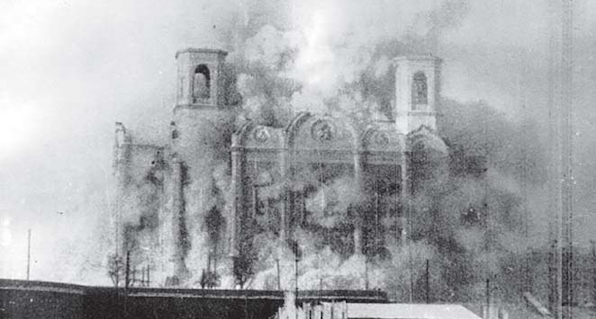In his new book, Broken Altars: Secularist Violence in Modern History (Yale University Press, 2025), historian Thomas Albert (Tal) Howard takes the readers on a tour of modern world history to investigate what happens as the world secularizes. Proponents of secularization and outright state atheism in places like the Soviet Union have been asking for a while: what has religion—and especially Christianity—ever done for this world? Wouldn’t removing religion from the state lead to progress and peace? Howard’s book offers some answers, but they are probably not ones that these proponents would like. It is the absence of religion, he shows, that gives rise to significant state violence and oppression.
Login to read more
Sign in or create a free account to access Subscriber-only content.
Topics:
